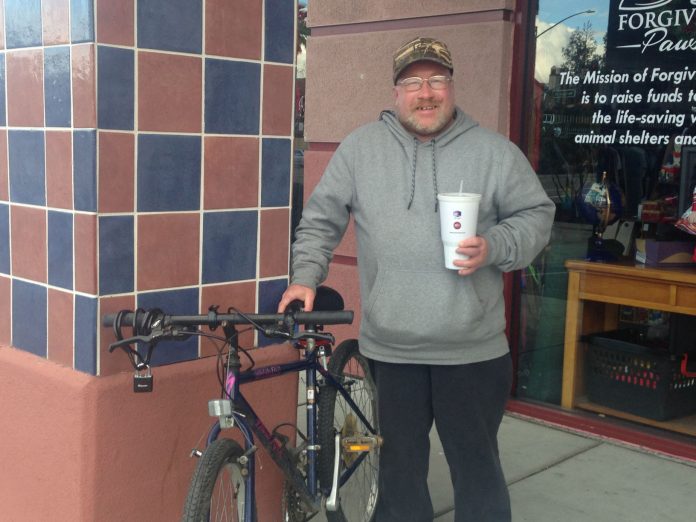
Workers receiving minimum wage in San Benito County just got a New Year’s Day bonus, thanks to legislation that took effect last week.
AB 10, signed by Gov. Jerry Brown in 2013, raised the state’s minimum wage from $8 to $9 per hour in 2014, with a final increase to $10 starting Jan. 1, 2016. Assemblymember Luis Alejo, who represents San Benito and Monterey counties, as well as parts of Santa Clara and Santa Cruz counties, authored the legislation.
“I think it’s good. I mean it helps. Every little bit helps,” said Corinna Diaz, a Kmart cashier who is paid minimum wage, as she took a break outside the store. “It’s not too big of a difference to notice in your check but it’s still better than nothing.”
The legislation makes the state’s minimum wage one of the highest in the nation, although it is still a few dollars below the Massachusetts Institute of Technology’s calculated living wage for California.
Employees working full time—40 hours a week for 52 weeks—will clock 2,080 hours of work in a year. If they receive an extra $1 an hour in pay, that translates to a $2,080 raise.
Rob Bernosky, a board member for the San Benito County Republican Party, is concerned the increased minimum wage could eat into company profits for smaller businesses and eventually cost jobs.
“I have to tell you that on one hand, it makes me very sad because I believe that will ultimately cost jobs so that there will be less people able to get even a low-paying job because it’s one thing if you are, for example, Apple Computer whose profits are $409,000 per employee,” Bernosky said.
The tech company, because of its high profits per employee, can afford to increase its minimum wage even though its employees are already not minimum wage, Bernosky said. But the “best-run retailers” in the country make a profit of about $6,000 per employee, so increasing the minimum wage by a $1 an hour—or about $2,000 per employee each year—makes a difference, the GOP member explained.
“And most businesses can’t maintain that type of hit,” Bernosky said.
Kmart is Diaz’s only job. She had forgotten about the increase, she said to the newspaper.
“I think it’s still going to go toward what I already use it for,” the cashier said. “Rent and all that.”
The living wage in San Benito County is $11.24 an hour, according to the MIT’s living wage calculator. Poverty is earning $5 an hour, according to the
same calculator.
“Raising the minimum wage to $10 per hour simply gives hard-working Californians dignity and respect, and more ability to provide for their families,” Alejo said in the press release. “It is the least we can do for workers who are paid the least in the wealthiest state in the wealthiest nation on the planet.”
Lifelong Hollister resident Bill Garner, 51, has washed dishes at the Progresso Tamale Parlor off Third Street in Hollister for about 28 years and remembers working for $8 an hour for a “long, long time,” before the wage crept to $9 and then $10.
“I like it,” he said. “It’s good for me. I can make a little more money.”
Garner does not own a car and rides his trusty Hardrock Specialized bike—a gift from a neighbor after his own got a flat—15 minutes to work each day. Garner is single and has no kids, he said. When asked if the minimum wage should be higher than $10 an hour, he paused and responded.
“I like where I’m at right now,” Garner said. “I can live on that.”









